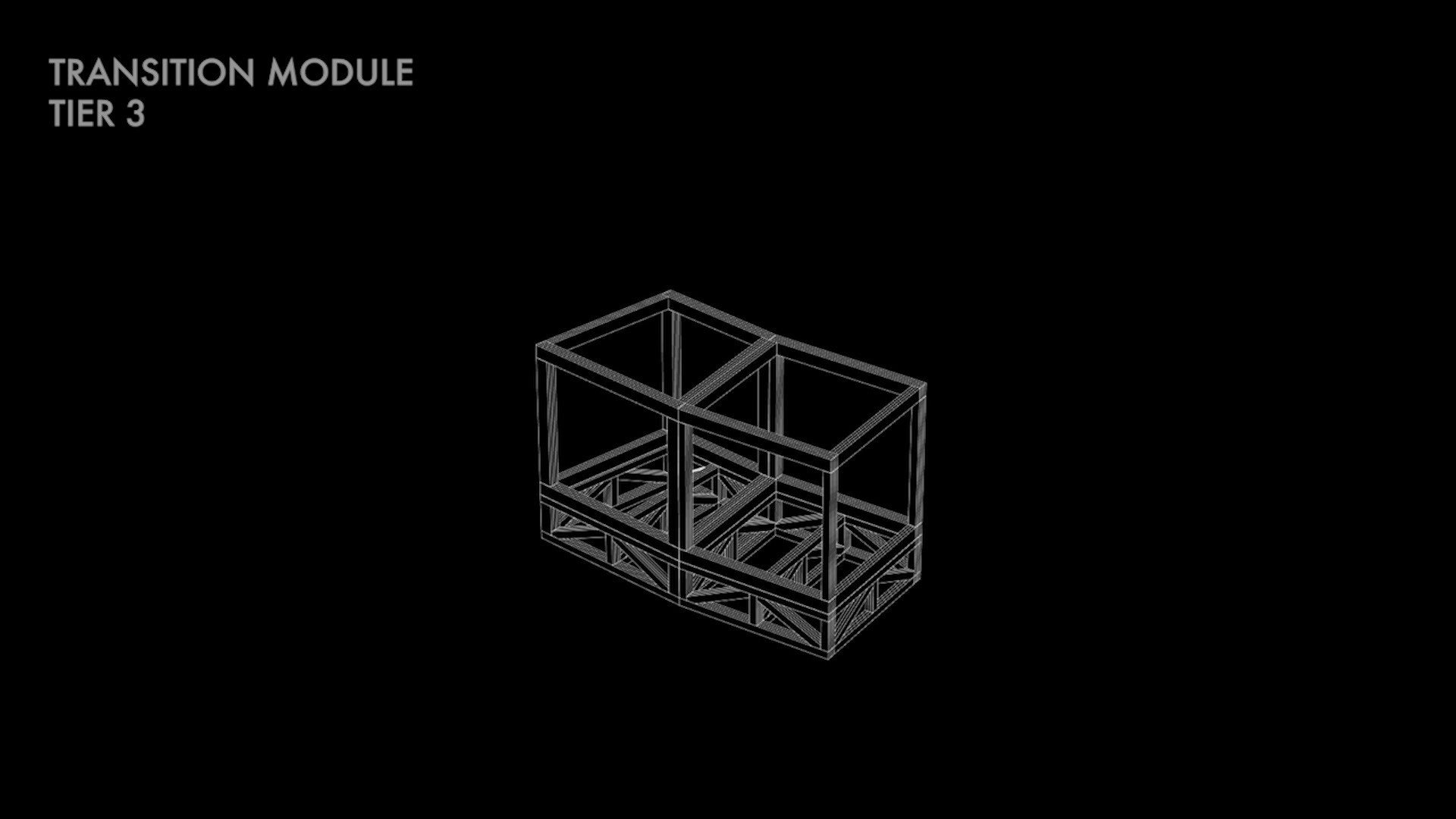‘Cooperative Commons’ envisions when the city modifies underutilized sites into water remediation infrastructure and food distribution along the old railway system. Communities are in charge of food production to provide a resource and solvency to the city. They build vertical farms that they can manage and deconstruct as they need.
In the year 2054, Global warming has created a new landscape over cities. The rise in sea levels besides the change in weather patterns has forced cities to reinvent their infrastructure in order to engage the problems of food scarcity and water remediation.
In NYC, to confront the problem the city decides to use abandoned infrastructural sites as the location for a new type of infrastructure that would be able to engage these new challenges. Nodes of production retrofitting the city through the old line generate a new landscape.
The existing site is a wholesale distribution center in the Canarsie neighborhood in Brooklyn.
SITE LAYERS
At the current site, among many others, the city creates a joint venture with private capital to modify the old sites into water remediation infrastructure and distribution infrastructure using the old rail road/subway system of the city.
MODULE ASSEMBLY
The city puts communities to be in charge of food production in order to provide a resource that can bring food and solvency to their people. Communities are allow to build vertical farms based on a module that can be built with 2”x6” lumber which design is provided by the city. The communities are allowed to manage, build and deconstruct the towers as needed.




A NEW LANDSCAPE